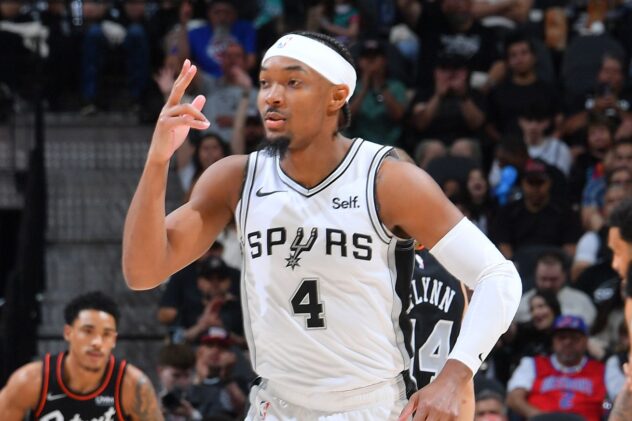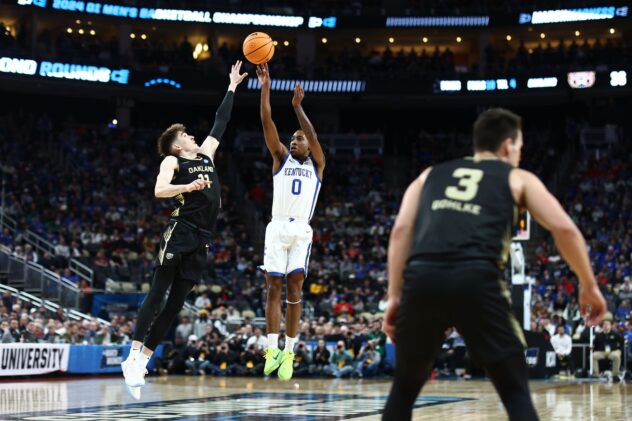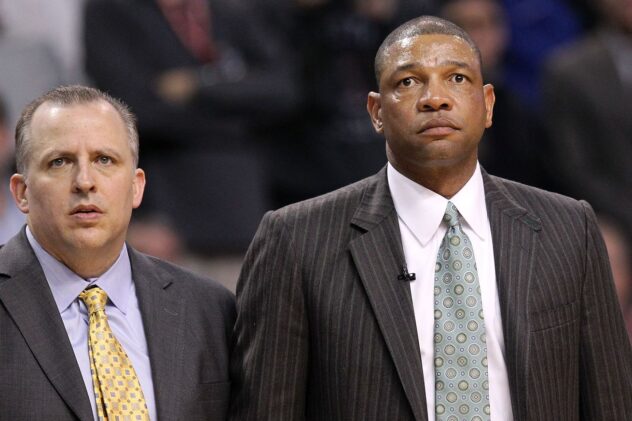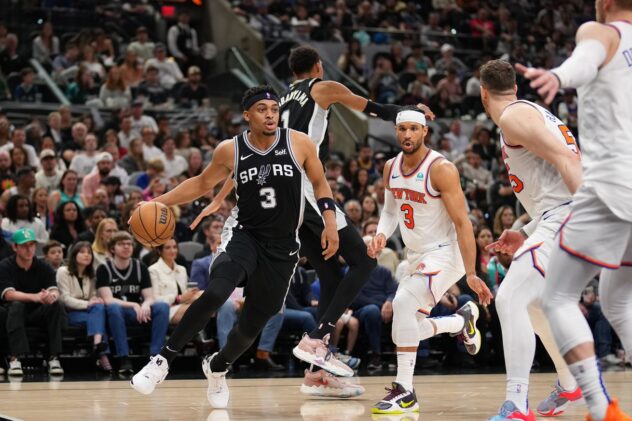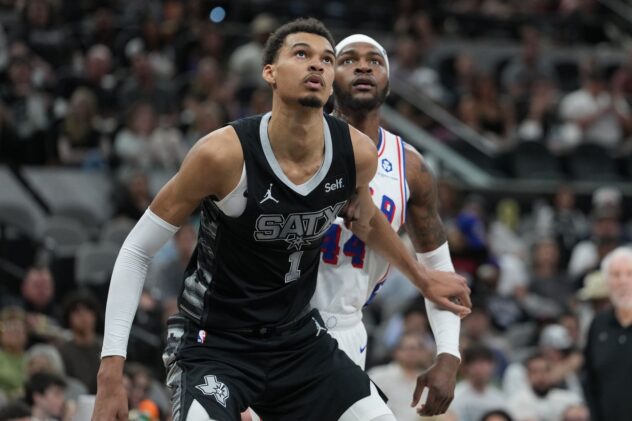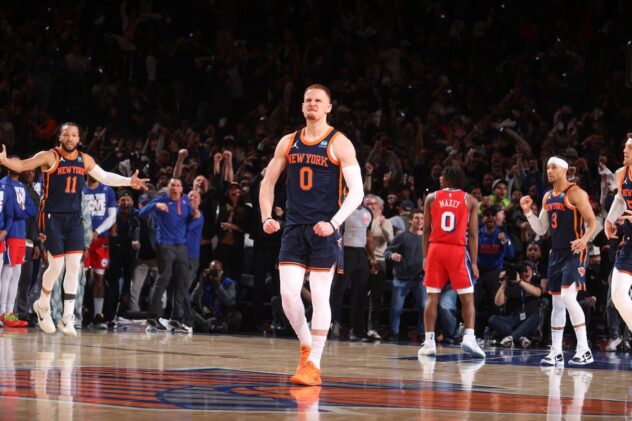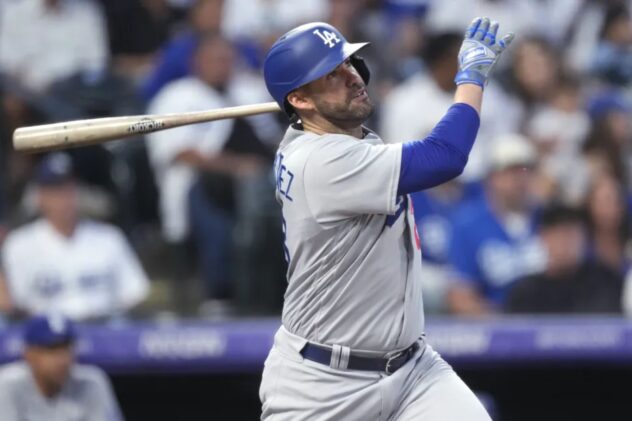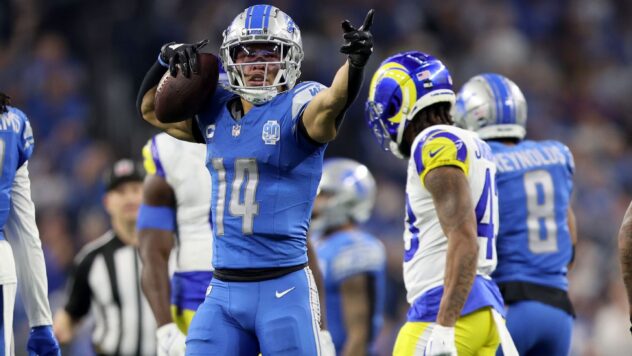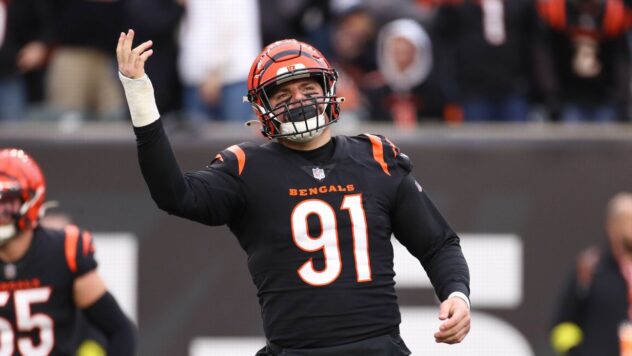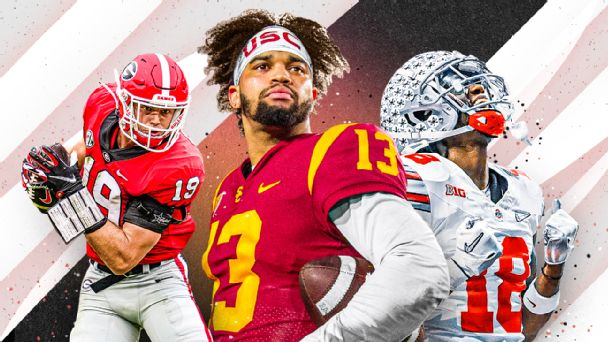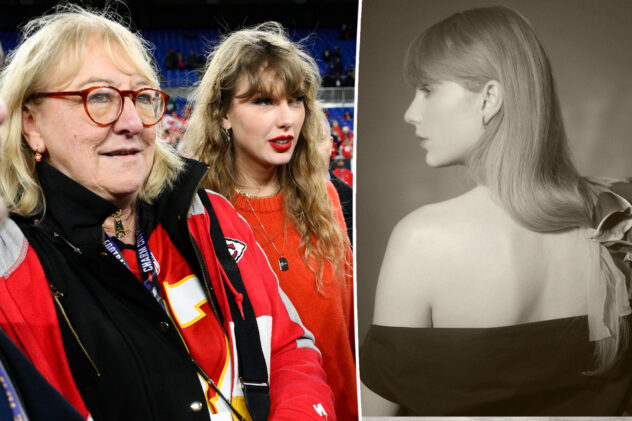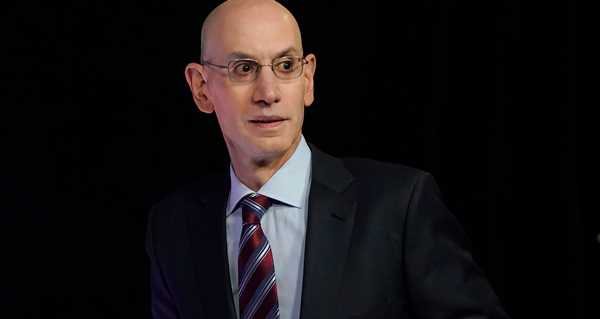Finding a working theory of DeMar DeRozan, three-point shooter

Photos by Logan Riely/NBAE via Getty Images
The Spurs guard has shown he can take and make the long ball. What could keep him from abandoning it again, like he did last season?
DeMar DeRozan clearly doesn’t want to talk about it, but he will. Addressing an array of cameras, lights and mics following a game — it could be one in which he made 3 of 5 three-pointers, got fouled on another attempt and made another where his foot was on the line, or a game in which he shot zero, again — he’ll field a variation of the same question he’s been asked time and time again, shifting his weight from side to side, fixating his eyes on some distant point on the opposite wall, and give you some variation of the same response: that he can physically take that shot, yes, but that he’s at his best when it’s not a priority. There, are you happy?
Through this season’s first 19 games, the Spurs guard leaned into his two-point habits more than ever, attempting all of four three-pointers and hitting none. Even with two of those coming in the final desperate seconds of the team’s loss to the Grizzlies, he was on pace for the lowest three-point rate of his career, and it came at no cost to his individual scoring efficiency.
The story has changed in the last 4 games, with DeRozan attempting 10 threes and making 5. Suddenly his three-point percentage, in an ironically small sample size, is the highest of his career at 35.7%. More interesting is that a number of the looks have come with considerable time left on the shot clock, beckoning another familiar question: Will the change to his shot profile stick, heralding a new chapter in his career, or will they be another blip like, most recently, the start of last season, when he averaged 2 attempts from distance over the first 14 games?
It’s a topic that’s as vexing from a fan’s perspective as it’s understandable on the human level: DeRozan has done enough over his career to be a good offensive player (he’s one of just 4 players this season currently averaging over 20 points, 4 assists and 50% shooting from the field) and he could follow the footsteps of many of his more malleable peers to be a great one. Furthermore, a more range-y DeRozan could alleviate the spacing issues present in the Spurs’ starting lineup while unlocking more lineups that include the team’s budding perimeter talent.
“You people act like I can’t shoot ‘em or ain’t shot ‘em,” he said when asked about it after Friday’s win over Sacramento. “It ain’t like I’ve been 1 for 100. It’s just me shooting them, in rhythm… Understanding shot selection… [I’m] just taking more shots that present themselves in rhythm. ”
The answer references a specific but elusive idea of playing for the greater good. What that understanding is could be tactical (playing between the hash marks, he’s able to serve dual roles as scorer and facilitator), practical (he and the team think he won’t make enough threes for it to matter) or simply a matter of preference and comfort (he averaged 3.6 attempts in 2017-18 and, it would seem, didn’t take a liking to that kind of volume). At the end of the day, everyone is subject to their own nature and rhythm, and if that’s the reason so be it.
Setting aside that the Spurs’ issues are primarily on defense, and assuming that DeRozan can make the necessary adjustments to his shooting tendencies without throwing off his wider rhythm throughout the night, there is still a question of how he should seek out those shots, and what the team can do to make sure those looks are optimized.
He is after all a flawed three-point shooter. Something changes when he takes a few steps back from his comfortable range around the elbows, straining the form that is otherwise so fluid within 17 feet. The ball’s pulled back a bit further on the release; the legs bend more and the landing varies; most importantly, the ball goes in far less often. Even when you factor in that three is more than two, DeRozan’s points per shot over his career is better inside the arc than beyond, and that’s before considering his ability to get to the free-throw line when he’s attacking the rim, or baiting defenders into the air, or being in a position to make plays for others.
For the sake of theory, let’s look at how DeRozan shot the three ball from the 2015-16 season, when he shot it at a career-best clip of 33.8%, and examine what’s worked and what hasn’t.
Here are his numbers from different points on the floor, according to NBA.com:
- Left corner: 41 of 123 (33.3%)
- Left side above the break: 42 of 161 (26.1%)
- Middle above the break: 29 of 95 (30.5%)
- Right side above the break: 30 of 114 (26.3%)
- Right corner: 34 of 93 (36.6%)
Typically the better three-point shooters in the league are the ones who can consistently make shots from above the break, a valuable asset as those are the looks that are most available and that can best stretch a defense. It’s unsurprising that that part of the floor is where DeRozan struggles most.
There are furthermore two ways for him to get the three off, either creating for himself off the dribble or catching and shooting. Here’s how he’s fared with both:
- Catch-and-shoot threes from 2015-16 to today: 134 of 383 (35%)
- Pull-up threes from 2015-16 to today: 43 of 211 (20.4%)
This should again come as no surprise, but fans shouldn’t be calling for DeRozan to curl around a LaMarcus Aldridge screen beyond the arc and let it fly. We still may see a few of those in late-shot-clock situations, but Pop isn’t doing anyone any favors by calling for it.
An ideal DeRozan three-point shot, then, using the data from his past few years — right side, off the catch — would look something like this:
It’s not as pretty as something he may do off the dribble in isolation, but who cares in the increasingly quantified NBA discourse? It’s one point more than two.
The Spurs can certainly create more situations like the above if they want, but they come with rethinking the geometry of the offense. They also mean moving DeRozan a little more off-ball to be waiting at the weakside corner, awaiting a kickout or swing pass from an Aldridge post-up — a set that’s as analytically flawed as one anchored by him. Therein lies the fun paradox of the Spurs of the last few years.
The other side of this is the individual level, but it deals with more vagaries than any outsider can pick apart. DeRozan’s taken thousands of threes in his life, and the shot simply hasn’t stuck. Could he, at 30, tweak something in his mechanics that makes him a more fundamentally sound shooter? Maybe. Could he try and revisit the way he seeks out a rhythm in a game so that the physical and psychological coalesce in a consistently 35% shot? Maybe.
Then again, there may simply be limits to mapping the rigidities of basketball math over a player who’s excelled doing things his own way.
Finding a working theory of DeMar DeRozan, three-point shooter
Finding a working theory of DeMar DeRozan, three-point shooter

